Syrian President Ahmad al-Sharaa’s met with United States President Donald Trump at the White House on Monday.
The encounter, conducted privately in the Oval Office, signalled a recalibration in Washington’s approach to Damascus after more than a decade of civil conflict, international sanctions, and near-total isolation on the world stage that ended with the removal of former Syrian President Bashar al-Assad late last year.
The visit was the first by any Syrian head of state to the White House since Syria’s independence from French rule in the mid-twentieth century.
It took place amid ongoing discussions about Syria’s integration into US-backed counterterrorism frameworks, the future of sanctions imposed during the Assad period, and efforts to prevent renewed extremist influence in the region.
Al-Sharaa’s arrival in Washington followed recent decisions by both the US Treasury Department and the United Nations to ease punitive measures against the new Syrian administration.
The meeting lasted roughly two hours.
Al-Sharaa entered the White House through West Executive Avenue, a less visible and non-ceremonial route, rather than the traditional front driveway where foreign dignitaries are often greeted publicly.
After the talks concluded, the Syrian president briefly greeted a supportive crowd outside the complex before departing.
How did the meeting go?
Following the discussions, Trump characterised the engagement as constructive and future-oriented.
Addressing reporters, he stated, “We’ll do everything we can to make Syria successful because that’s part of the Middle East,” and said of al-Sharaa, “I have confidence that he’ll be able to do the job."
He later posted online that he intends to continue communicating with the Syrian leader.
The tone marked a clear departure from previous US policy, which had designated al-Sharaa a terrorist and offered a reward for information that would lead to his capture.
Al-Sharaa, once associated with al-Qaeda elements, reemerged as a central figure in Syria’s domestic opposition before leading the armed campaign that ultimately overthrew Assad on December 8, 2024.
His government was installed in January, and since then has attempted to shift its international posture toward state-building and diplomatic outreach.
In an interview with Fox News after the meeting, al-Sharaa described discussions about encouraging foreign economic participation in Syria, especially in key extractive sectors.
He said they discussed making Syria “a place where the United States can have great investments, especially extracting gas.”
Damascus also confirmed that Syria is joining the US-led Global Coalition to Defeat the Islamic State.
Meanwhile, Washington will allow Syria to reestablish operations at its embassy in the US capital to enhance coordination on counterterrorism, stability operations, and development planning.
The Syrian foreign ministry issued a statement describing the talks as “friendly and constructive” and highlighting US commitments to assist Syria in reconstruction and institutional stabilisation.
What about Western sanctions against Syria?
The future of US sanctions remains the core strategic concern for Damascus. Sanctions imposed under the 2019 Caesar Act targeted Syrian government officials and institutions linked to human rights abuses committed during Assad’s rule.
These restrictions severely limited foreign financing and investment in reconstruction efforts and blocked access to global banking systems.
While the current US administration has suspended enforcement of key sanctions provisions, the suspension is temporary.
The US Treasury Department confirmed during al-Sharaa’s visit that it was extending the waiver for another 180 days. Permanent repeal can only occur through congressional action.
Two competing legislative proposals have been introduced. One would eliminate the sanctions unconditionally. The other would tie repeal to periodic reviews conducted every six months.
Critics of the conditional approach argue that uncertainty would deter corporate and sovereign investors from committing capital to Syrian reconstruction.
Al-Sharaa’s administration has made the removal of sanctions a priority, arguing that rebuilding Syria’s physical and administrative infrastructure requires substantial external funding.
The World Bank previously estimated that the damage inflicted during the years of conflict would require hundreds of billions of dollars to repair.
How will Syria approach Israel?
Since coming to power, al-Sharaa has redirected Syrian foreign policy away from the alliances forged under Assad, including strategic cooperation with Iran and Russia.
Instead, his government has pursued closer engagement with Turkey, the Gulf states, and now the United States. This redirection has included overtures toward Israel, though the relationship remains highly sensitive.
In recent months, the US has been engaged in brokering discussions between Syria and Israel about potential security arrangements. Washington has also explored the feasibility of maintaining a limited US military presence at a Damascus airbase, according to previous regional reports.
The Israeli government has continued to conduct targeted air operations in Syria since Assad’s fall, focusing largely on military installations and supply routes.
During remarks to reporters on Monday, Trump stated he was working with Israel on efforts to encourage stable relations with Damascus.
He said, “You can expect some announcements on Syria,” and added, “We want to see Syria become a country that’s very successful. And I think this leader can do it. I really do. And people said he’s had a rough past. We’ve all had rough pasts.”
Syria’s government has previously detained members of Palestinian Islamic Jihad operating within Syrian territory, signalling a shift from the Assad-era approach of maintaining flexible support networks involving non-state militant actors.
However, Israeli military activities in southern Syria, beyond its previously occupied Golan Heights positions, have continued.
Al-Sharaa has stated that his government is seeking a formal agreement that would lead to the withdrawal of Israeli forces from areas entered during the post-Assad instability period.
What will happen to SDF?
The Syrian foreign ministry also reported that US Secretary of State Marco Rubio met with Syrian Foreign Minister Asaad al-Shibani and Turkish Foreign Minister Hakan Fidan in Washington on the same day.
The discussion involved the implementation of an agreement reached earlier this year concerning the integration of the Kurdish-led Syrian Democratic Forces (SDF) into a restructured Syrian national army.
The SDF has played a central role in operations against the Islamic State group in northern Syria but has historically maintained an autonomous command structure.
Integrating these forces into national institutions has been viewed by the US as a step toward reducing internal fragmentation and preventing renewed insurgencies.
However, the process has repeatedly stalled due to disagreements between Kurdish authorities and Damascus, as well as tensions related to Turkish security concerns.
The meeting concluded without a clear timetable for implementation.
How did al-Sharaa go from isolation to wooing congressmen?
Al-Sharaa’s trajectory has been shaped by shifts in both domestic Syrian politics and regional power plays. He became involved with al-Qaeda in Iraq during the U.S.-led invasion of that country in 2003 and was later detained by the United States.
He eventually emerged as a key commander in the Syrian conflict. The US formally designated him a terrorist in 2013, under the name Abu Mohammad al-Golani.
He later publicly distanced himself from the organisation in 2016 and consolidated political influence in the country’s northwest.
But now, the United Nations Security Council removed international sanctions designations against al-Sharaa and Interior Minister Anas Khattab shortly prior to the White House visit.
The US government removed the former reward designation related to him in December.
This shift has occurred alongside a broader recalibration of security priorities in the region where the US, Gulf states, Turkey, and Israel have increasingly treated the containment of Iranian influence and extremist networks as shared strategic objectives.
The Syrian president also held discussions with Congressman Brian Mast, chair of the House Foreign Affairs Committee during his visit. Mast has long maintained strong positions supporting Israel and has previously expressed scepticism toward lifting sanctions on Syria.
Following their meeting, Mast stated, “Last evening, the new Syrian President Ahmed al-Sharaa and I broke bread. We had a long and serious conversation about how to build a future for the people of Syria free of war, ISIS, and extremism.”
The meeting put into spotlight the political divide in Washington over how to approach the re-emergent Syrian state. While some lawmakers support easing restrictions to promote stability and counter extremist threats, others remain wary of al-Sharaa’s past affiliations.
Shortly after the White House meeting, Trump criticised comments made by US Representative Marjorie Taylor Greene, who argued that domestic matters should be prioritised over foreign diplomacy.
Trump responded that she had “lost her way,” adding, “I have to view the presidency as a worldwide situation… We could have a world on fire where wars come to our shores very easily.”
What next for al-Sharaa & Syria?
Al-Sharaa’s visit occurred shortly after reports that two assassination attempts planned by Islamic State cells had been disrupted in recent months.
Over the weekend preceding the White House meeting, Syria’s interior ministry initiated a nationwide operation targeting Islamic State-affiliated individuals, leading to more than 70 arrests, according to government media.
Internal security conditions remain fragile. Sectarian tensions have persisted since Assad’s removal, with reported violence causing significant casualties.
These developments continue to raise concerns about whether the current government can establish and sustain national cohesion.
Also Watch:
With inputs from agencies


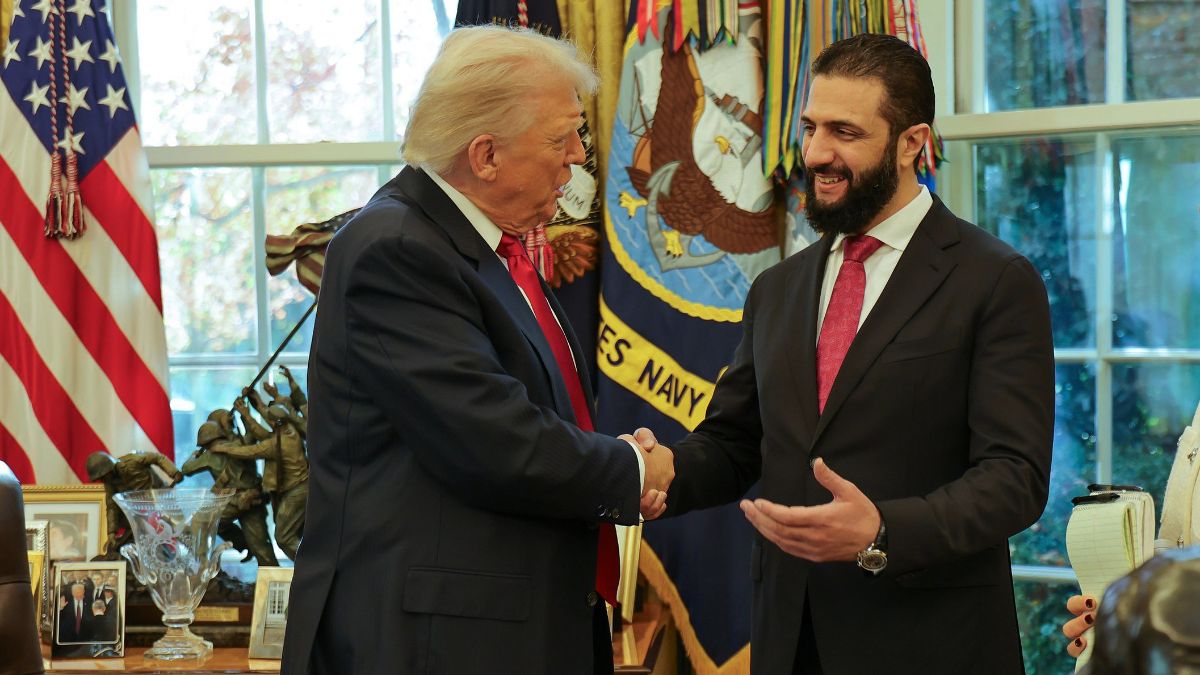)
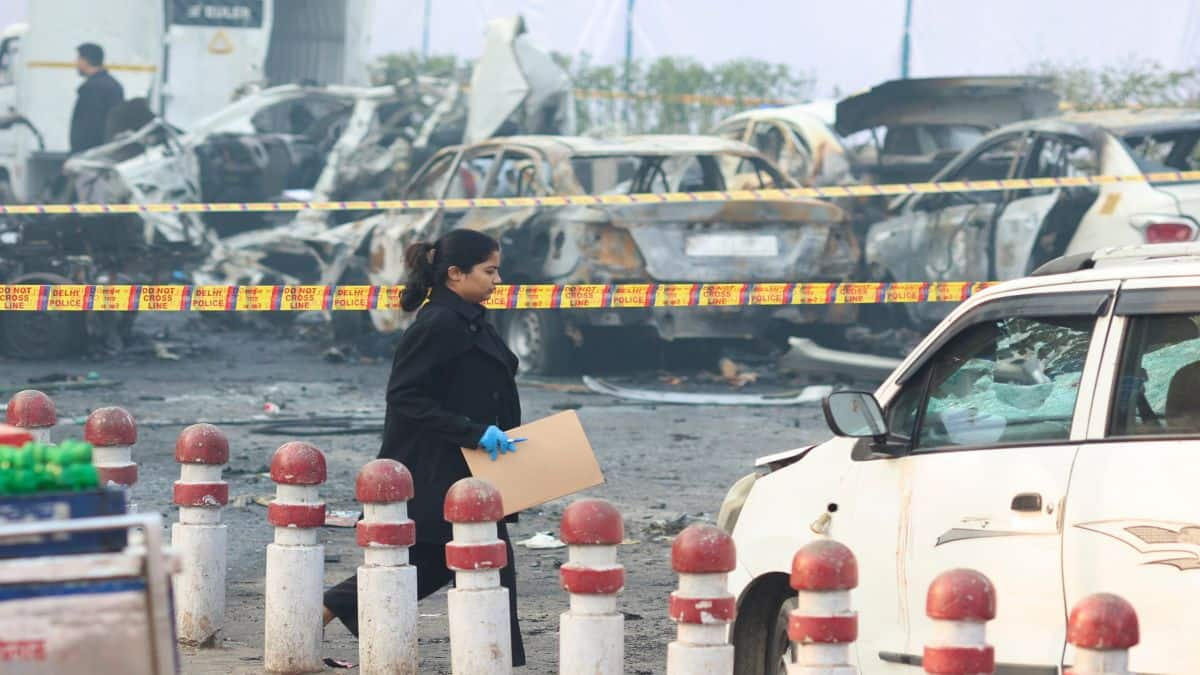
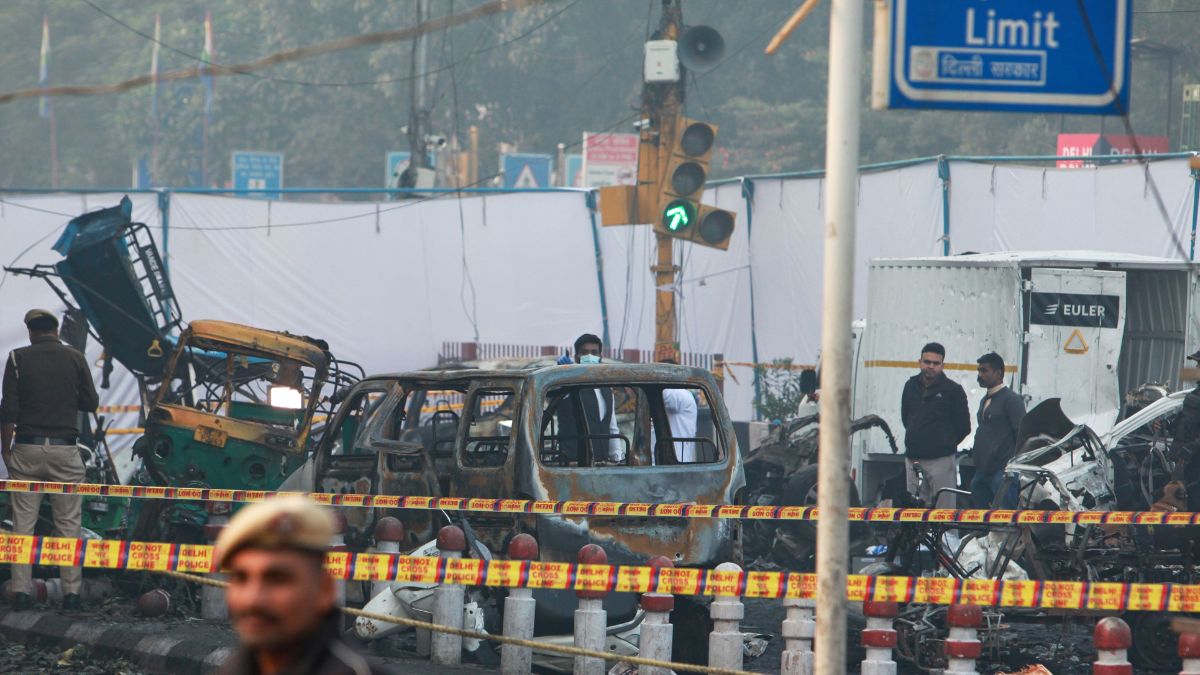)
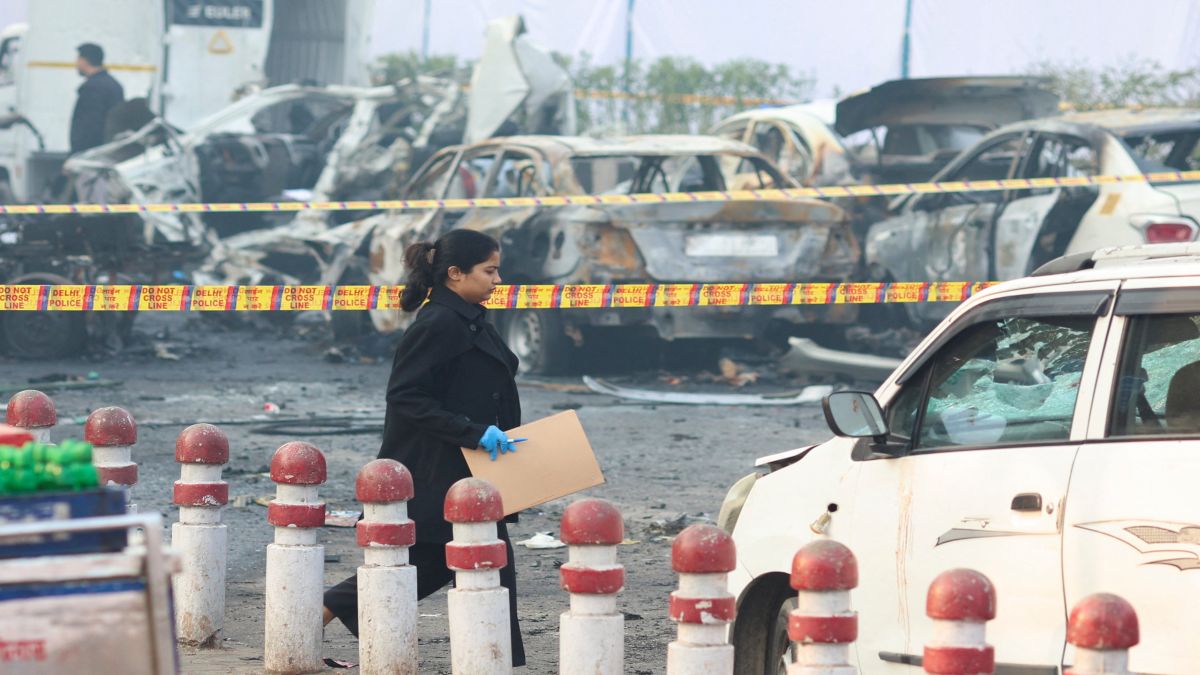)
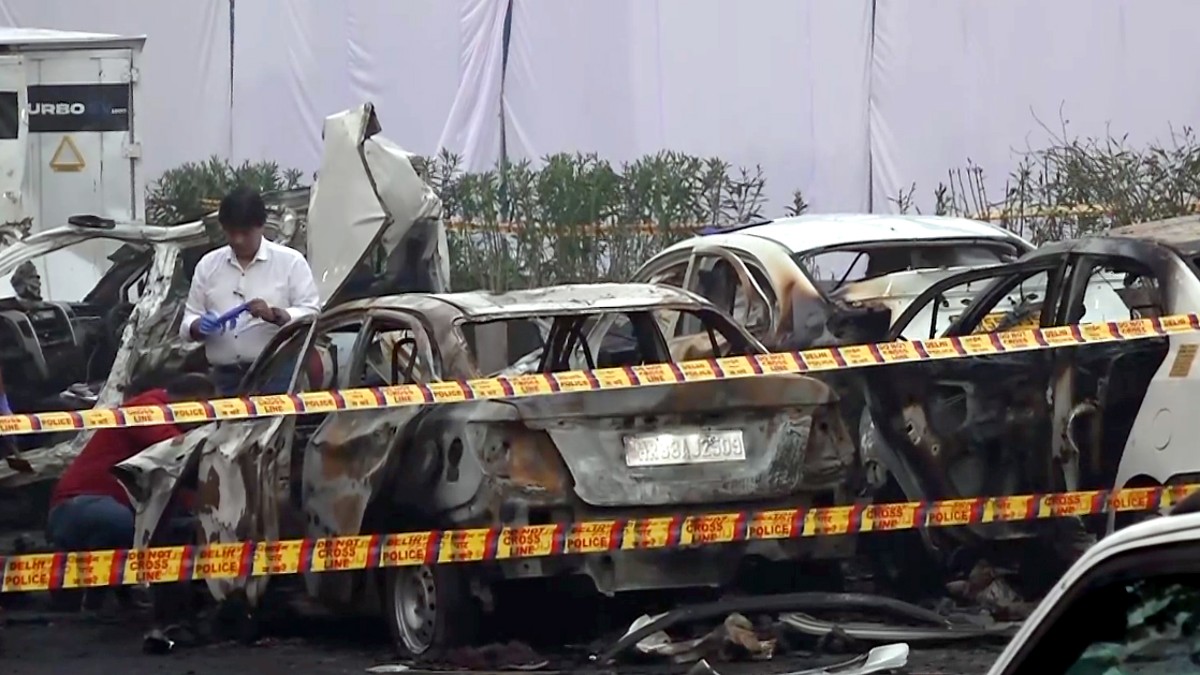)
)
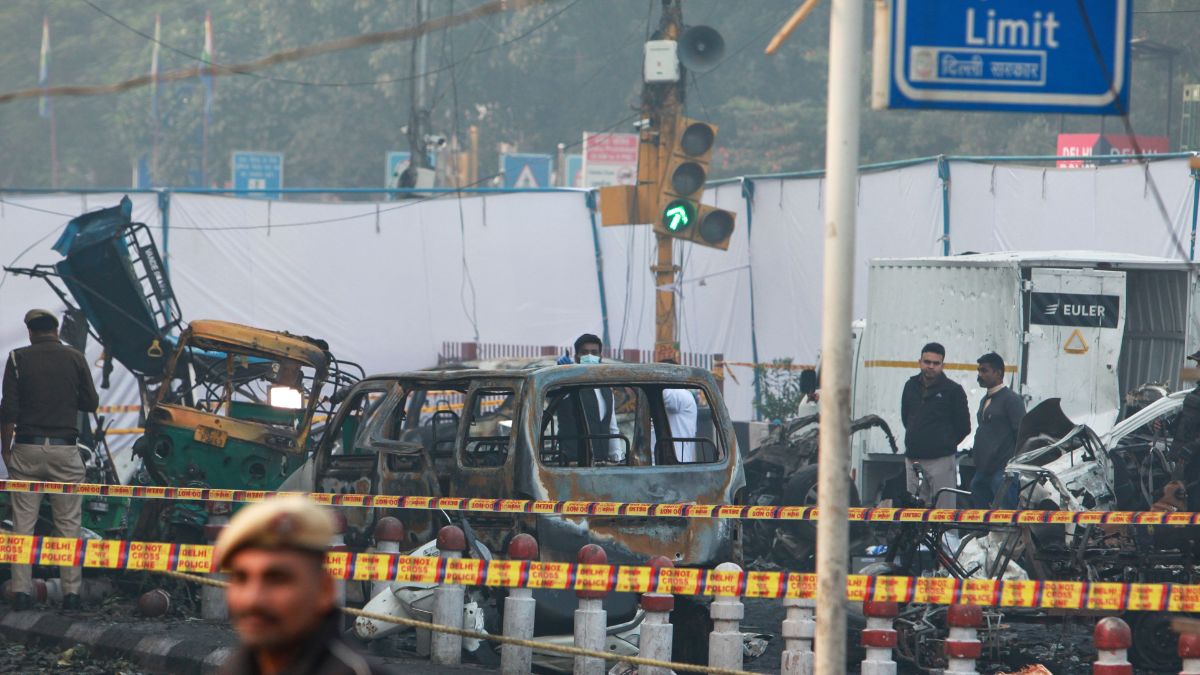)
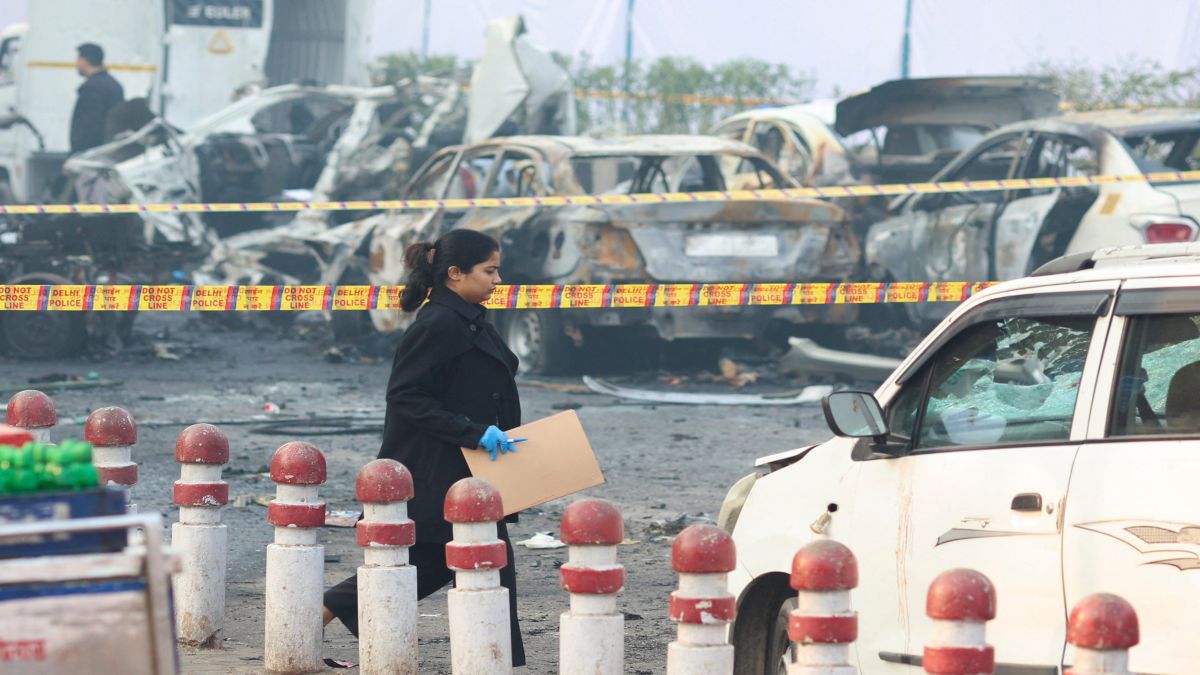)
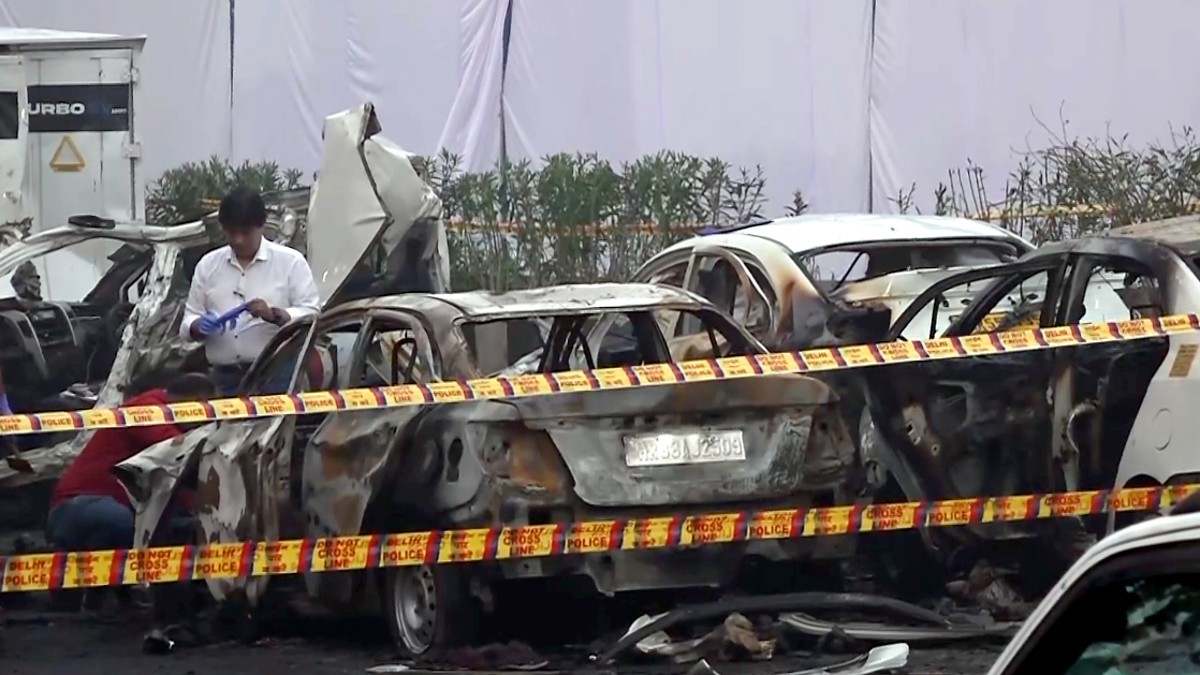)
)



